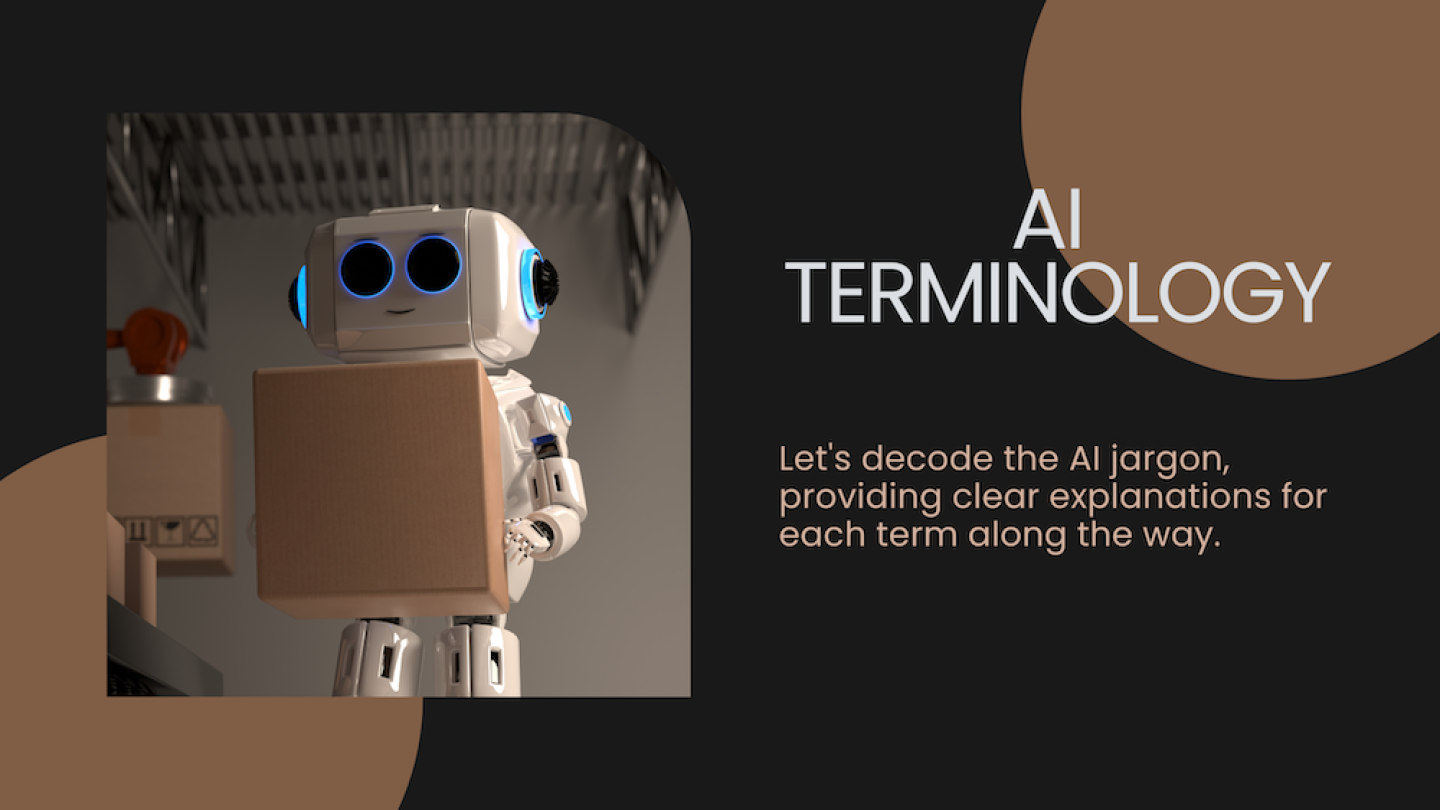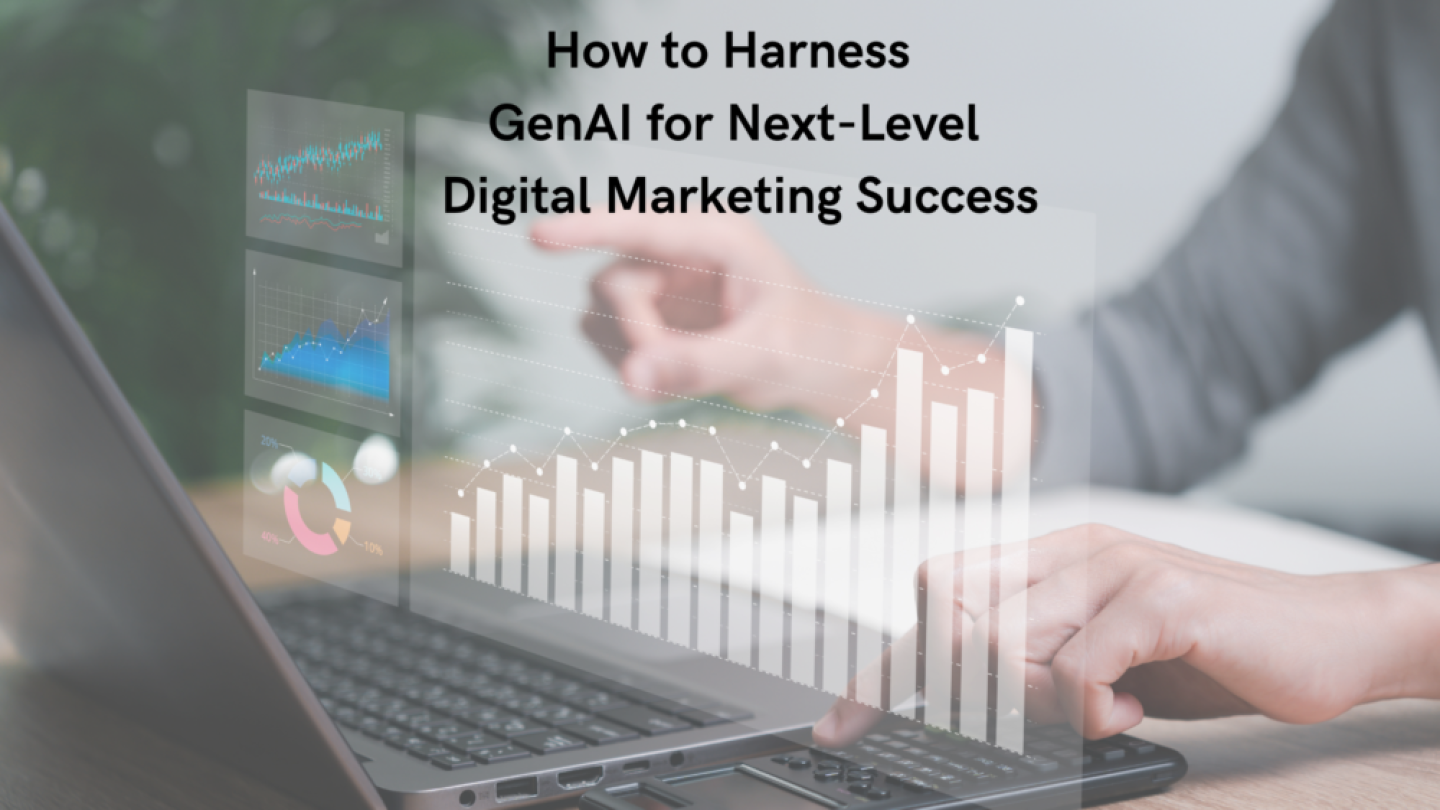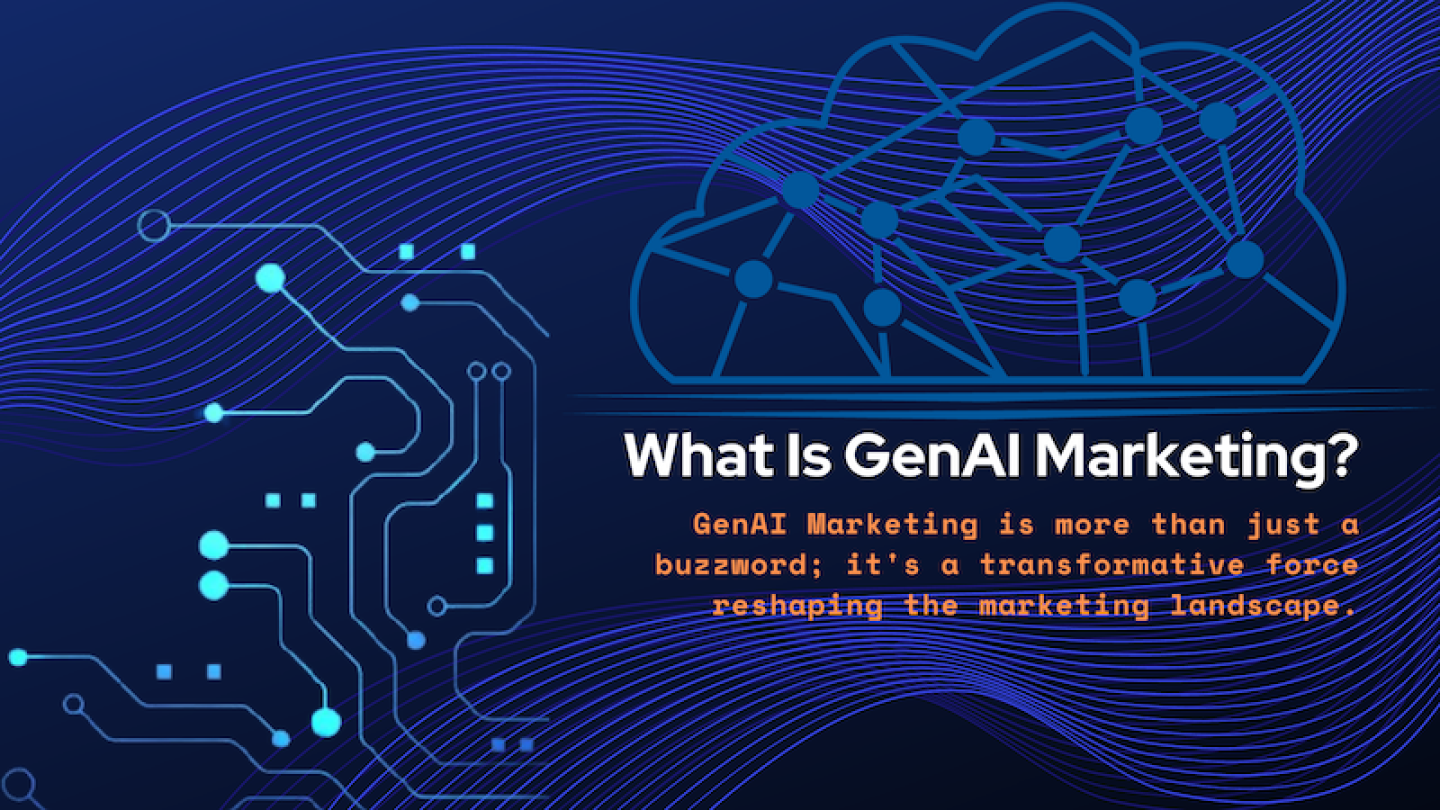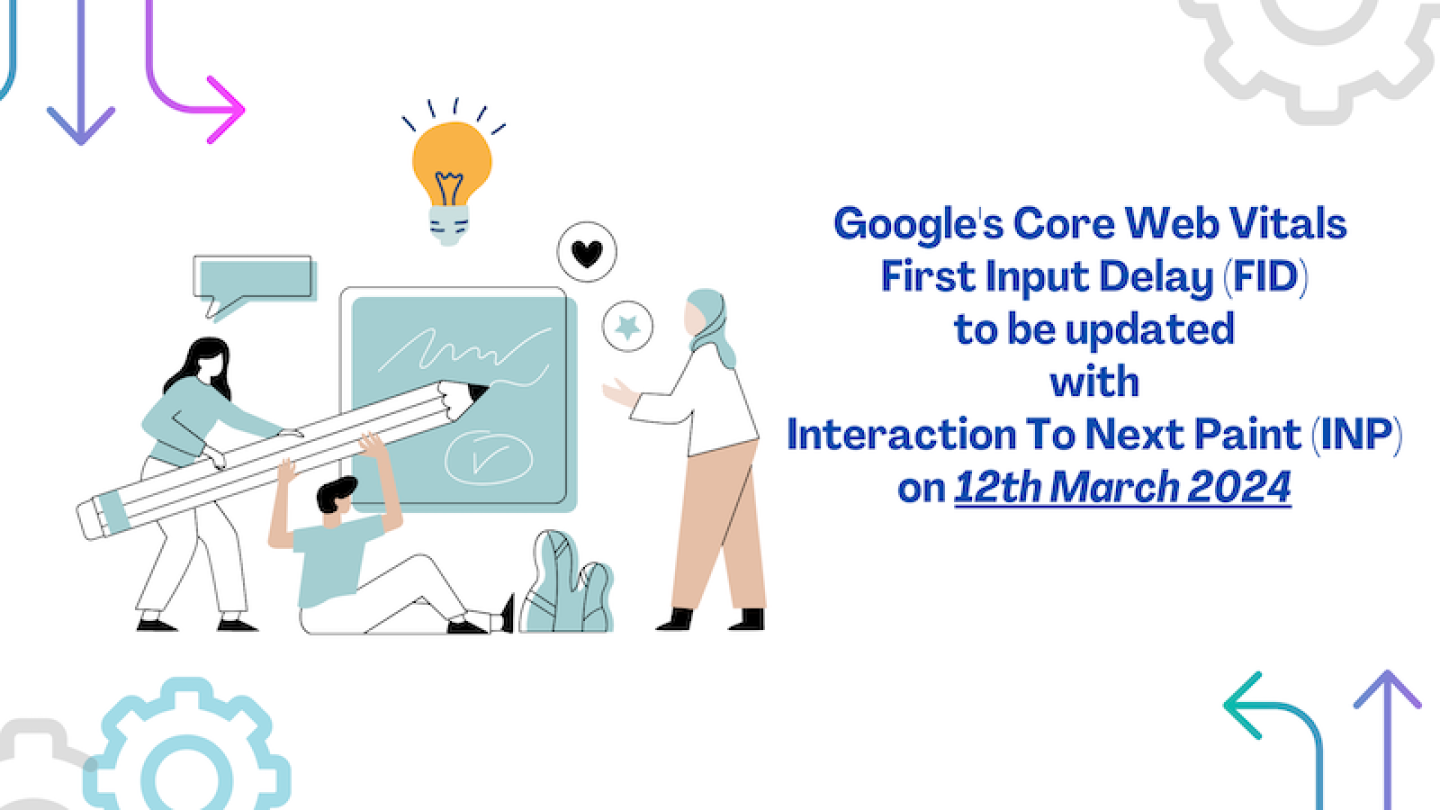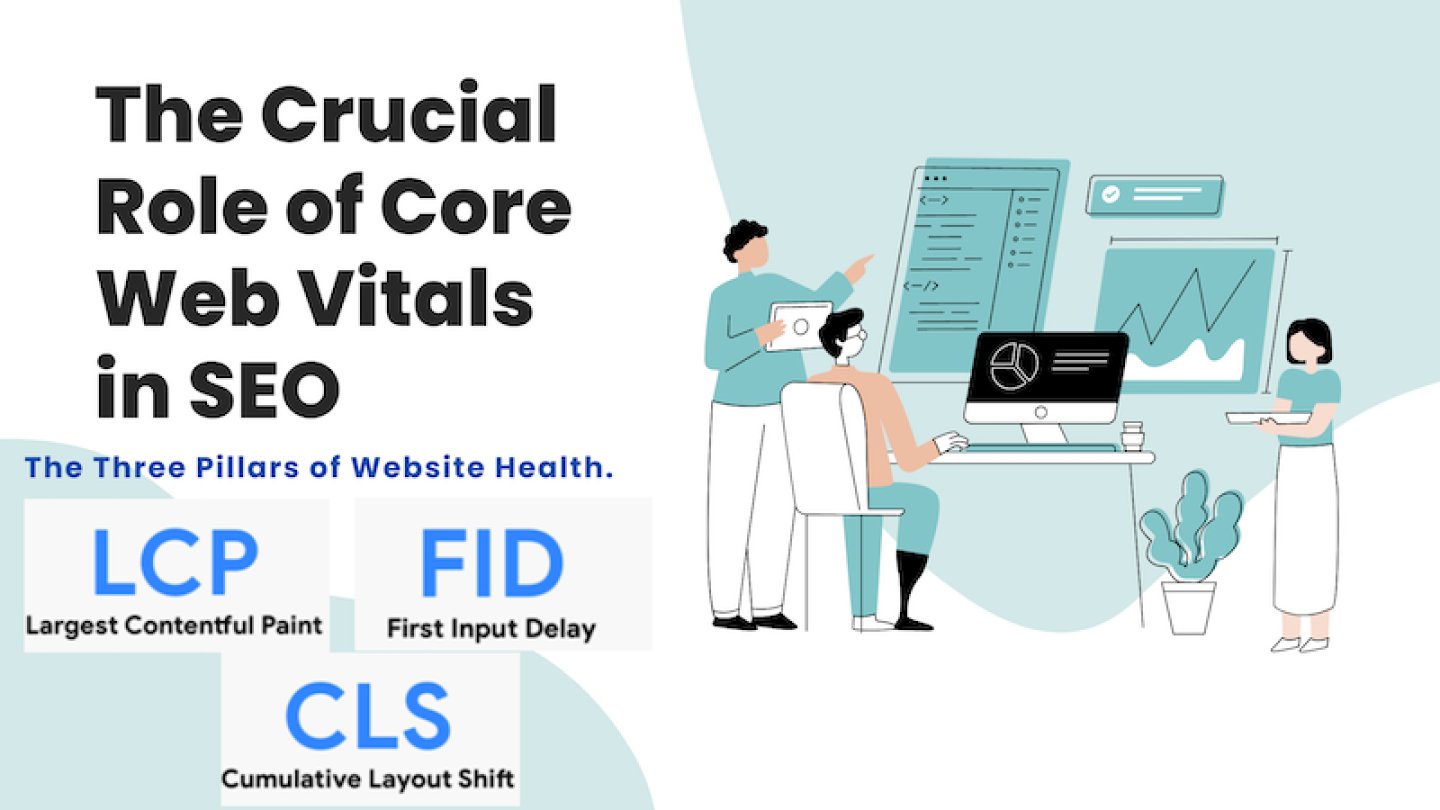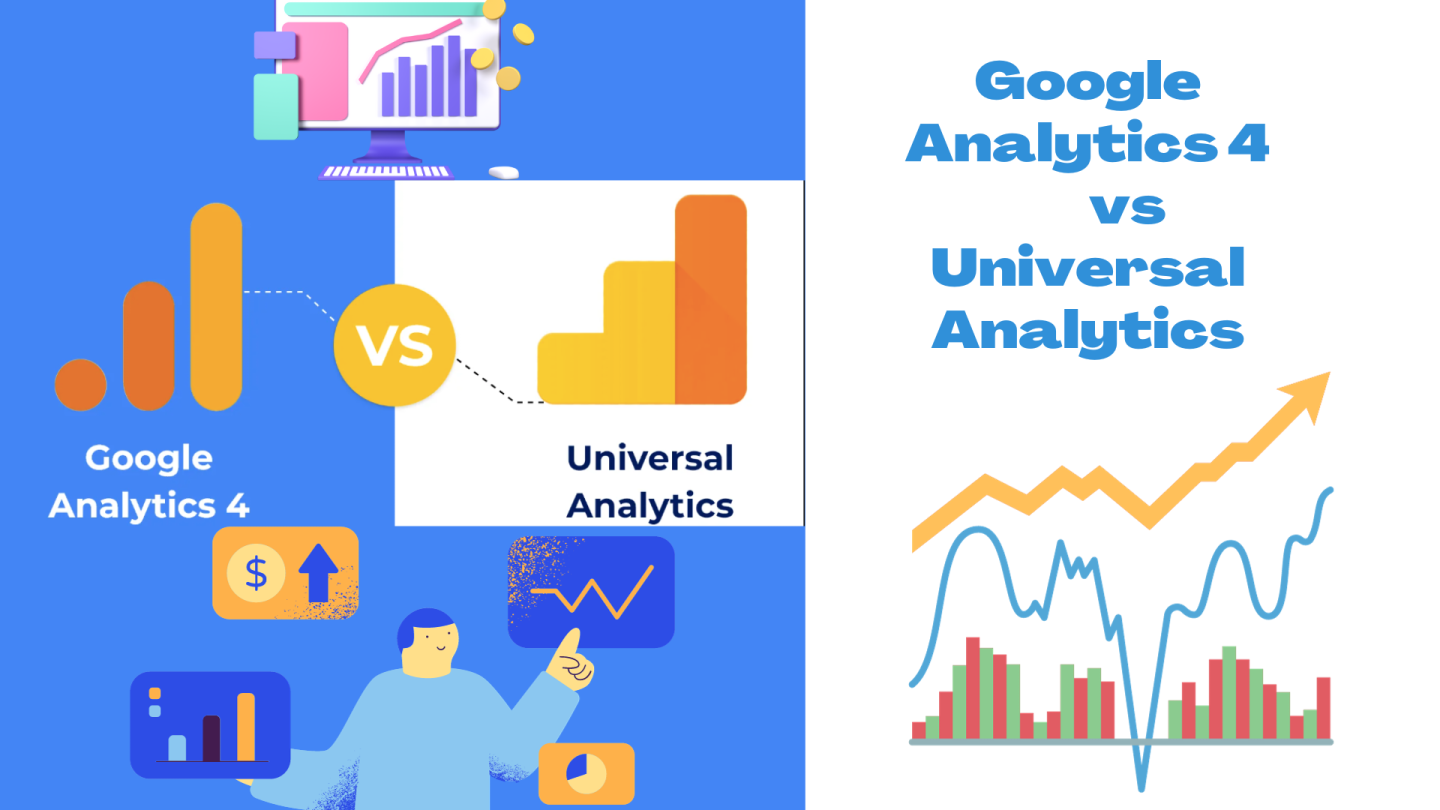Website maintenance is the ongoing process of updating, managing, and optimizing your website to ensure it remains secure, relevant, and performs at its best.
Partnering with a reputable web development company can help you streamline the maintenance process and ensure your website continues to support your business goals effectively. Investing in website maintenance is investing in the long-term success of your business.
Regular website maintenance is not just a good practice; it's a necessity for every business website. By prioritizing security enhancements, performance optimization, content freshness, user experience enhancement, search engine optimization, backup and disaster recovery, and compliance with legal requirements, you can ensure your website remains secure, relevant, and high-performing.
Security Updates and Monitoring:
- Installing software updates for the website's content management system (CMS), plugins, themes, and other components to patch security vulnerabilities.
- Monitoring website security through tools and services, scanning for malware, and addressing any security breaches promptly.
Backup and Recovery:
- Regularly backing up website files and databases to prevent data loss in case of hardware failure, hacking, or other emergencies.
- Testing backup restoration procedures to ensure backups are valid and can be restored quickly when needed.
Performance Optimization:
- Optimizing website performance by improving page load times, reducing server response times, and optimizing images, scripts, and other assets.
- Conducting performance tests and optimizations to ensure the website performs well across different devices and browsers.
Content Management:
- Updating website content regularly to keep information accurate, relevant, and engaging for visitors.
- Publishing new blog posts, articles, or other types of content to attract and retain visitors and improve search engine visibility.
User Experience Enhancement:
- Conducting usability tests to identify and address usability issues, improve navigation, and enhance overall user experience.
- Ensuring website accessibility for users with disabilities by following accessibility standards and implementing accessible design practices.
Technical Maintenance
- Monitoring website uptime and performance, identifying and fixing broken links, redirects, or other technical issues.
- Conducting regular audits of website structure, code, and infrastructure to ensure everything is functioning properly and efficiently.
Compliance and Legal Requirements
- Ensuring compliance with data protection laws, privacy regulations, accessibility standards, and other legal requirements applicable to the website.
- Displaying legal disclaimers, terms of service, privacy policies, and cookie notices to inform users about their rights and responsibilities.
Monitoring and Analytics
- Tracking website traffic, user behavior, and other key performance metrics using analytics tools.
- Analyzing data to identify trends, opportunities for improvement, and areas where the website can be optimized further.
Customer Support and Communication
- Responding to user inquiries, feedback, and support requests promptly and professionally.
- Communicating any planned maintenance or updates to users in advance to minimize disruption and ensure a positive user experience.
By regularly performing these maintenance tasks, businesses can ensure that their websites remain secure, reliable, and user-friendly, thus contributing to their overall success and achieving their goals in the digital space.

